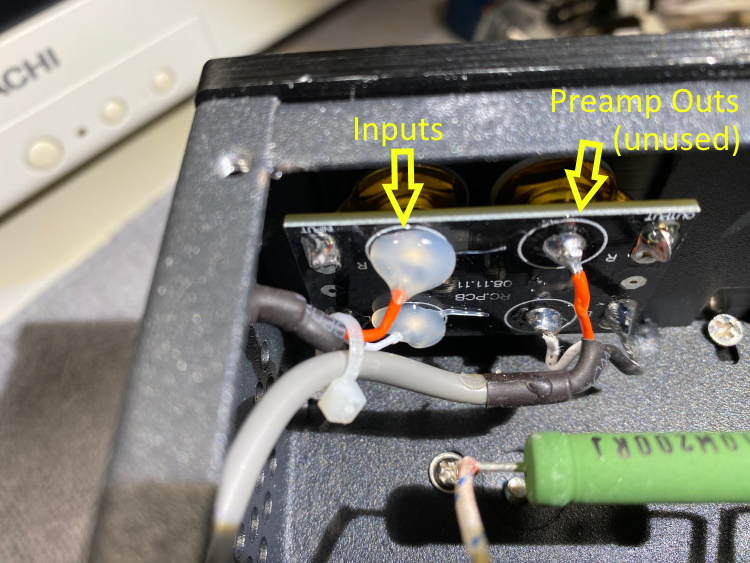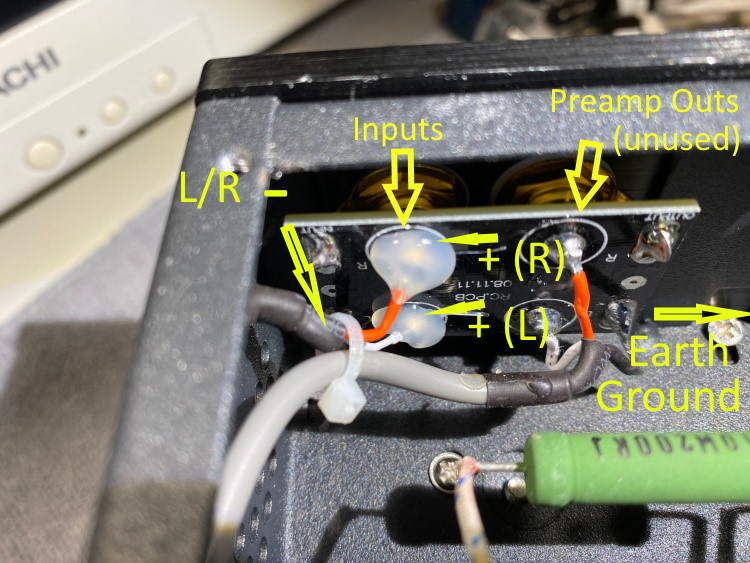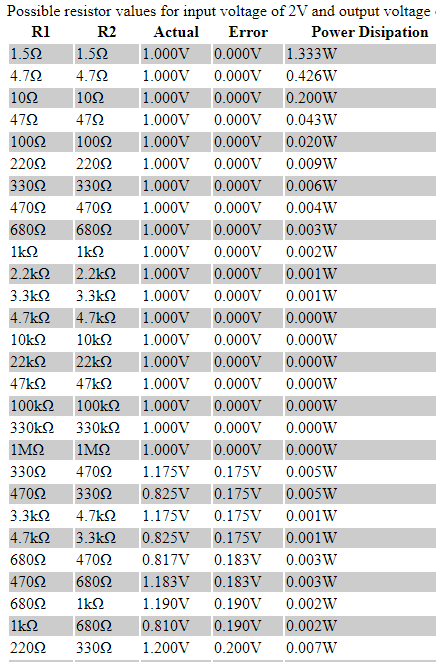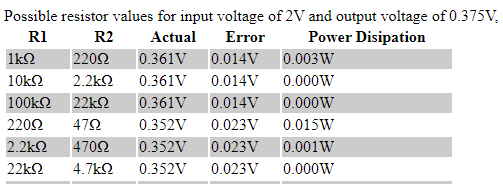So an initial report on the change of input xfmrs…
Ah, hem, mememememememe pee's, tee's, sss's
(clearing my throat, and get'n those virtual vocal chords all warmed up.)
It was IMMEDIATELY apparent upon the very first downbeat, after swapping out the UTC A-20 input xfmrs with Hammond 140UEX's.
And so much so that it made a striking difference.
As in, there was a BIG dynamic impact increase on EVERYTHING from cymbals to violins to voices, to stringed and percussive instruments and everything else to boot.
Like all of a sudden a compressor/limiter just got removed from the system.
Horns now have that bite from their 'bell', to the point where it's a major contributor to their overall sound,
kick drums have a thumpy punch that was only hinted at before,
plucked strings on guitars where that the pluck itself is now a distinct part of each note,
and more…
And now as I listen a day later, after a full thermal cycle, this difference is even more striking, and is still in it's infancy wrt where it will end up.
The saying goes like this…
"It's not the tubes you are listening to, rather it's the xfmrs."
This saying is usually applied to the output xfmrs but can also, and very much so in this case, apply to the input xfmrs as well.
These Hammond 140UEX xfrms have a nickle core with a 'relatively' low dcr and high inductance.
Which translates into 'better' extremes (both the top and bottom ends) which also reflects improvements into the magic-in-the-mids as well.
Win-win-win all the way around.
I'm hearing low harmonic rumble and thumps etc I've never heard before, and from tracks I never would have suspected even had these musical contributions in the first place.
Again…
And this doesn't even really touch upon the changes to the magic-in-the-mids where the music 'lives', mostly because I want to let these SQ changes stabilize before I even try to describe them.
I figure I might be in for a (or 2 or 3) surprise(s) as I'm hearing hints and 'bits that get my attention' here and there that are part of the blossoming action coming from everything I play.
Here is a before and after of their installation.


Notice my liberal use of our RWS (Random Wiring Scheme) to randomize all spurious unwanted signals, and thus help to self cancel them…
hahahahahahahahahahahaha


JJ
























 ) can be sorta like 'blowing the carbon' out of your engine…
) can be sorta like 'blowing the carbon' out of your engine…











 but I'll start with those as a baseline. And perhaps I can find a good combination with zero or negligible dissipation with the Rikens I *do* have. LOL!
but I'll start with those as a baseline. And perhaps I can find a good combination with zero or negligible dissipation with the Rikens I *do* have. LOL!




